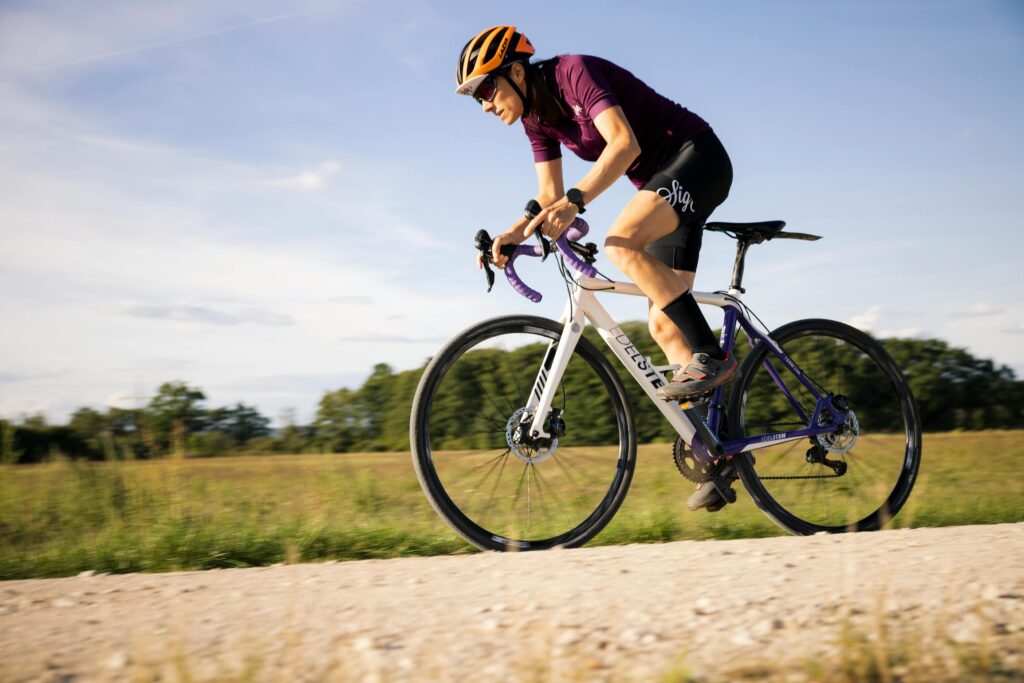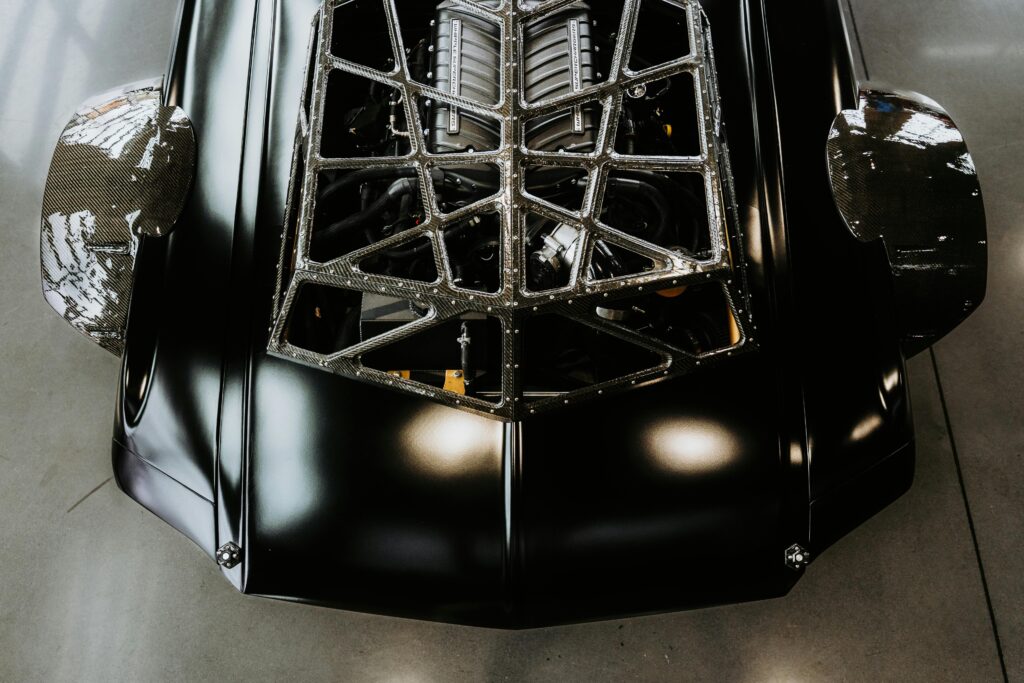Ever wondered how MotoGP riders shave milliseconds off their lap times? Spoiler: it’s not all about guts and gas. Hidden behind every flawless cornering technique and race-winning strategy is a sophisticated technology known as data logging systems. These tools are the secret sauce in modern racing. And guess what? You don’t need to be a techie to appreciate or even use them.
In this post, we’ll dive deep into the world of data logging systems, exploring how they shape MotoGP races, why they’re crucial, and how you can make sense of them—whether you’re an aspiring racer, tech enthusiast, or just a die-hard fan. You’ll learn:
- What exactly data logging systems are in the context of MotoGP.
- How teams use these systems to fine-tune bikes and strategies.
- A step-by-step breakdown of analyzing race data.
- Tips for understanding and leveraging this tech yourself (yes, you).
- Real-world examples that show the system’s impact.
Table of Contents
- Key Takeaways
- The Role of Data Logging Systems in Modern MotoGP
- Step-by-Step: How Teams Use Data Logging Systems
- Tips for Interpreting Race Data Like a Pro
- Case Study: How Data Logging Turned a Loser into a Winner
- Frequently Asked Questions About Data Logging Systems
- Conclusion: Mastering the Art of MotoGP Tech
Key Takeaways
- Data logging systems provide real-time insights on bike performance during MotoGP races.
- These tools help teams optimize everything from tire pressure to braking points.
- Fans can also access simplified versions of race data through official apps and platforms.
- The future of racing will rely even more heavily on data analytics.
Why Do Data Logging Systems Matter in MotoGP?
Picture this: I once saw a rookie team lose a championship because they ignored their data logger’s warning about overheating brakes. Talk about a facepalm moment!
Data logging systems act as the brains behind every race bike. Sensors attached to various parts of the motorcycle collect information in real-time, including speed, lean angles, throttle position, suspension movement, and tire wear. This data helps engineers adjust settings before each session, giving riders a competitive edge.
Without these systems, teams would essentially be flying blind. Imagine trying to perfect your cornering without knowing if your tires are losing grip—or where exactly on the track you’re slowing down unnecessarily. Sounds chaotic, right?

How Teams Use Data Logging Systems: A Step-by-Step Breakdown
So, how does this wizardry work? Let me walk you through the process:
Step 1: Sensor Setup
Sensors are installed across the bike to monitor key metrics like engine RPM, gear selection, and acceleration. Think of it as wiring up your ride with mini spies reporting back to HQ.
Step 2: Real-Time Monitoring
As the rider zooms around the track, the sensors transmit data wirelessly to the pit crew. Engineers watch live feeds on tablets and laptops, spotting issues or opportunities instantly.
Step 3: Post-Race Analysis
After the race, analysts pore over the logged data. They compare laps, identify patterns, and tweak settings accordingly. Ugh, sounds like your laptop fan during a 4K render—whirrrr—but worth it!

Tips for Grasping MotoGP Data Like a Pro
If you’re new to this world, here’s how to keep up:
- Start Small: Check out official MotoGP apps that offer fan-friendly stats.
- Focus on Key Metrics: Learn which data points matter most—for example, apex speed vs. corner exit speed.
- Don’t Trust Everything: *Terrible Tip Alert!* Don’t blindly trust raw numbers; context matters (like weather conditions).
- Visualize It: Look for heatmaps and graphs—they make complex data digestible.
From Zero to Hero: The Marc Márquez Comeback Story
Remember when Marc Márquez returned after his injury hiatus? His comeback wasn’t just natural talent—it was science. His team used data logging systems to rebuild his confidence by tweaking his RC213V to match his rehabbed riding style.
The result? He crushed podium finishes against younger rivals. Chef’s kiss, right?

FAQs: Everything You Need to Know About Data Logging Systems
What Is a Data Logging System Exactly?
It’s a setup that collects and analyzes real-time data from sensors placed on race bikes to improve performance.
Can Fans Access This Data?
Yes! Many MotoGP events stream select data via apps and broadcasts.
Is Data Logging Only Useful in Racing?
Nope! It’s also applied in car racing, aviation, and even fitness tracking.
Conclusion: Embrace the Power of Data
We’ve covered a lot today—from what data logging systems are to how they transform MotoGP races. Remember, the magic isn’t in the gadgets themselves but in how teams interpret and act on the data.
Optimist You: “Follow these tips, and you’ll understand the tech like a pro!”
Grumpy You: “Ugh, fine—but only if coffee’s involved.”*
Like a Tamagotchi, your knowledge needs daily care. Dive deeper into the world of MotoGP tech—you never know what secrets you might uncover.


